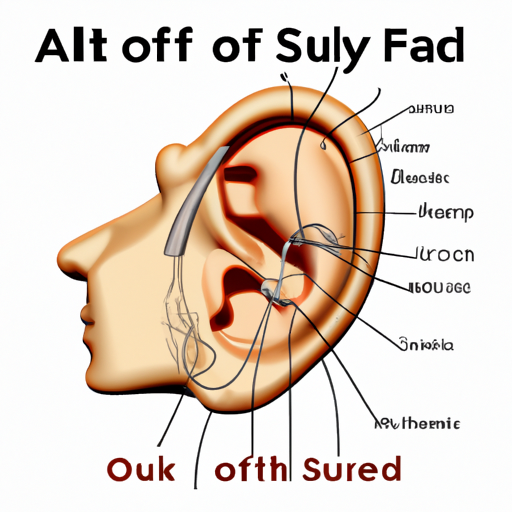The Ear: An Essential Component of the Auditory System
The human body is a complex and intricate system composed of various organs and structures that work together to ensure our overall well-being. One such remarkable structure is the ear, which plays a vital role in our ability to hear and perceive sound. In this article, we will explore the body system to which the ear belongs and delve into its fascinating functions.
The Auditory System: Where the Ear Finds Its Place
The ear is an integral part of the auditory system, which is responsible for our sense of hearing. This system comprises not only the ear itself but also the auditory nerve pathways and the brain regions involved in processing sound signals. Together, these components work harmoniously to enable us to perceive and interpret the sounds around us.
The Anatomy of the Ear
The ear can be divided into three main parts: the outer ear, the middle ear, and the inner ear.
The outer ear consists of the visible part known as the pinna or auricle, which helps collect sound waves and direct them into the ear canal. The ear canal, also known as the external auditory meatus, leads to the middle ear.
The middle ear is a small, air-filled chamber located between the eardrum and the inner ear. It contains three tiny bones called ossicles: the malleus (hammer), incus (anvil), and stapes (stirrup). These bones transmit sound vibrations from the eardrum to the inner ear.
The inner ear is the most intricate part of the auditory system. It consists of the cochlea, a spiral-shaped structure responsible for converting sound vibrations into electrical signals that can be interpreted by the brain. Additionally, the inner ear houses the vestibular system, which helps us maintain balance and spatial orientation.
The Functions of the Ear
The ear performs two primary functions: hearing and balance.
Hearing: When sound waves enter the ear canal, they cause the eardrum to vibrate. These vibrations are then transmitted through the ossicles to the cochlea in the inner ear. Within the cochlea, specialized hair cells convert these vibrations into electrical signals, which are then sent to the brain via the auditory nerve. The brain processes these signals, allowing us to perceive and interpret different sounds.
Balance: The inner ear’s vestibular system plays a crucial role in maintaining our balance and equilibrium. It consists of fluid-filled canals and tiny sensory organs called otoliths, which detect changes in head position and movement. This information is relayed to the brain, enabling us to adjust our body position and stay balanced.
In Conclusion
The ear is an incredible organ that belongs to the auditory system. It allows us to hear and perceive sound, while also contributing to our sense of balance. Understanding the anatomy and functions of the ear helps us appreciate the complexity of the human body and the remarkable abilities it possesses. So, the next time you marvel at the beauty of music or find yourself in awe of the sounds of nature, remember to thank your ears for their incredible work in making it all possible.




